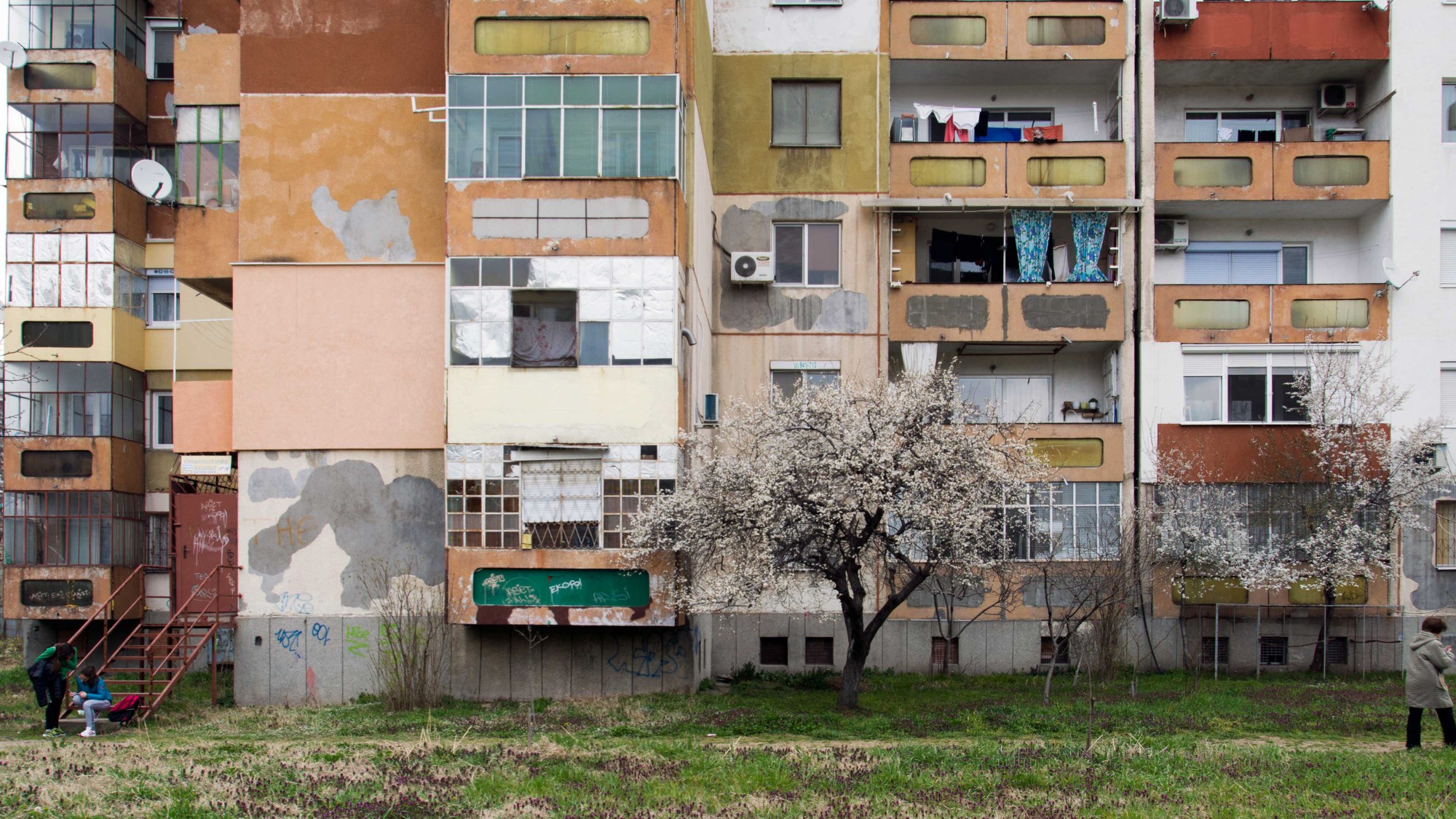“Don’t you think it’s ugly, everyone doing their own thing? It’s a disgrace to the architect.”
A reporter asked me when interviewing me about my research in Trakiya.
Before Bulgaria and the forests of panelkas, I was working on existing family homes in the suburbs surrounding Minneapolis and Saint Paul. With each client we would listen to their story with their home, which is a lot like what I do now in Trakiya.
“Don’t you think its ugly, everyone doing their own thing?”
With the things I analyze now compared to my work for the past two years, I feel as though I am comparing and contrasting the results of two opposing architectural utopias for urban organization from the early 1930’s:
Radiant City (Le Corbusier) vs. Broadacre City (Frank Lloyd Wright).
“In the west you have laws against things like this ”
A year ago, in the spring of 2014, Minneapolis placed a moratorium on tearing down existing homes (in order to build gargantuan homes) and on the construction of additions exceeding 1500 square feet as the neighborhoods became architectural Frankensteins.
“Build as you live next door.” was the Minneapolis councilman’s saying.
In Trakiya, with so many shared spaces (stairwells, elevators, basements, roofs, entries, landscaping around the block, and the benches), there is little that gets changed without everyone knowing what the intentions are. With or without the official council made up of the inhabitants of the entry that, in the end, are supposed to give approval. The lines of ownership are blurry here, but everyone discusses, while in the states the lot lines are sought, down to the inch, and drawn.
This could be a commentary on the resulting social situations of two contrasting architectural utopias for urban organization in the early 1930’s:
Radiant City (Le Corbusier) vs. Broadacre City (Frank Lloyd Wright).
And that could be discussed, but keeping it simpler;
When you live somewhere, you put down roots. You intertwine your story and your life with the existing story of the place, and roots never go straight down into the ground (as the sidewalks of Trakiya can attest to), nor do they pay much attention to lot lines. In ecology, we talk about the benefits of biodiversity for the ecosystem, how everything works together and they nourish each other.
“Its a disgrace to the architect.”
The architect’s job is to think as holistically as possible in order to facilitate the roots. Taking root is what is intended, whether the way in which that happens is precisely as was functionally or aesthetically intended or not. But even better is to see them thrive, because putting down roots is one thing, but thriving season after season, through droughts and floods and freeze and thaw, is quite another. and the only person who can understand how to do that, assuming they’ve developed their sensitivities to the climate, is the one that lives the everyday.

